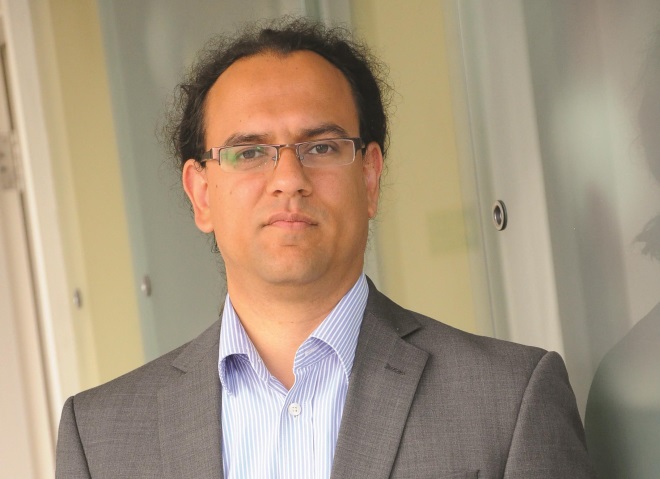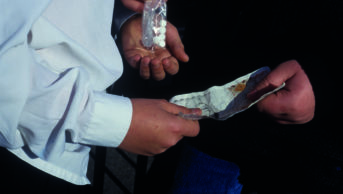
Shutterstock
Great Britain has the highest prevalence of non-medical use of stimulants compared with four other EU countries, according to new research[1]
.
People who misuse prescription drugs are more likely to be male, unemployed and non-white – regardless of which country they live in, the researchers found.
Lead author of the study Scott Novak from RTI International North Carolina, a research institute, says the research is the first comparative study of prescription drug misuse in the EU. “Previously it was thought that the prescription drug epidemic was limited to the United States, but this study shows that the epidemic extends well beyond the United States,” he says.
Novak and his colleagues set out to compare the prevalence of non-medical prescription drug use (NMPDU) in five European countries – Denmark, Germany, Spain, Sweden and Great Britain. They defined NMPDU as either the self-treatment of a medical condition using a prescription drug that was not prescribed for the user or the use of a prescription medicine by an individual to “achieve euphoric state”.
The team surveyed 22,070 people aged 12–49 years about their use of stimulant, opioid and sedative prescription medicines over the past year and over their lifetime.
They found that Great Britain had “by far” the highest non-medical use of prescription stimulants for both the past year (3.9%) and lifetime (9.1%) estimates. Germany had the lowest estimates (2.2% past year, 5.8% lifetime).
The highest prevalence of non-medical opioid use occurred in Spain (6.8% past year, 18.3% lifetime). Germany had the lowest estimates for non-medical opioid use (2.9% past year, 9.6% lifetime).
Spain also had the most prevalent non-medical sedative use (9.2% past year, 17.9% lifetime) while Germany had the lowest (2.8% past year, 5.5% lifetime).
When the researchers considered the demographics associated with prescription drug misuse, they found that misuse was more common among males compared with females, non-whites compared with whites and those who were unemployed compared with those who were employed.
They found that misusers used different sources to get their drugs — a friend or family member was the most common method for stimulants (46.6%), opioids (44.0%) and sedatives (61.4%). The next most common source was taking them from another person without their knowledge. Buying drugs on the internet was the least common source (stimulants 8%, opioids 4%, and sedatives 3%).

Source: RPS
Neal Patel, a spokesperson for the Royal Pharmaceutical Society, says pharmacists need to remind people of the risks of prescription medicine misuse
Neal Patel, a spokesperson for the Royal Pharmaceutical Society, says many people will have been offered advice from friends and family about which medicines to take to resolve symptoms or treat conditions based on their personal experience. “Although recommendations are made with the best intentions it’s easy to see how this can lead to problems,” says Patel. “As pharmacists we need to remind people of the risks of prescription medicine misuse but perhaps more importantly we need to position ourselves as helpful, accessible experts on medicines, encouraging people to make better informed decisions about their health.”
Harry Shapiro, director of DrugWise, an online drug information service dedicated to promoting evidence-based policy and practice, says the findings of the study are not a big surprise. “It is a problem hidden in plain sight,” he says. “The UN World Drug Report highlighted prescription drug misuse as a global problem and there has been a significant rise in people using and misusing prescription drugs in recent years.”
Shapiro says the most pressing issue is among people who initially received a prescription from their doctor for a condition such as pain or anxiety, and who were now experiencing difficulties with those drugs. “There just aren’t the specialist services available for these people – who don’t regard themselves as drug users,” he adds.
There is a need for a national helpline to specifically deal with people experiencing problems with prescription drugs, says Shapiro. “There are only a handful of charities dealing with what is a significant public health issue,” he says.
References
[1] Novak SP, HÃ¥kansson A, Martinez-Raga J et al. Nonmedical use of prescription drugs in the European Union. BMC Psychiatry 2016. doi: 10.1186/s12888-016-0909-3


